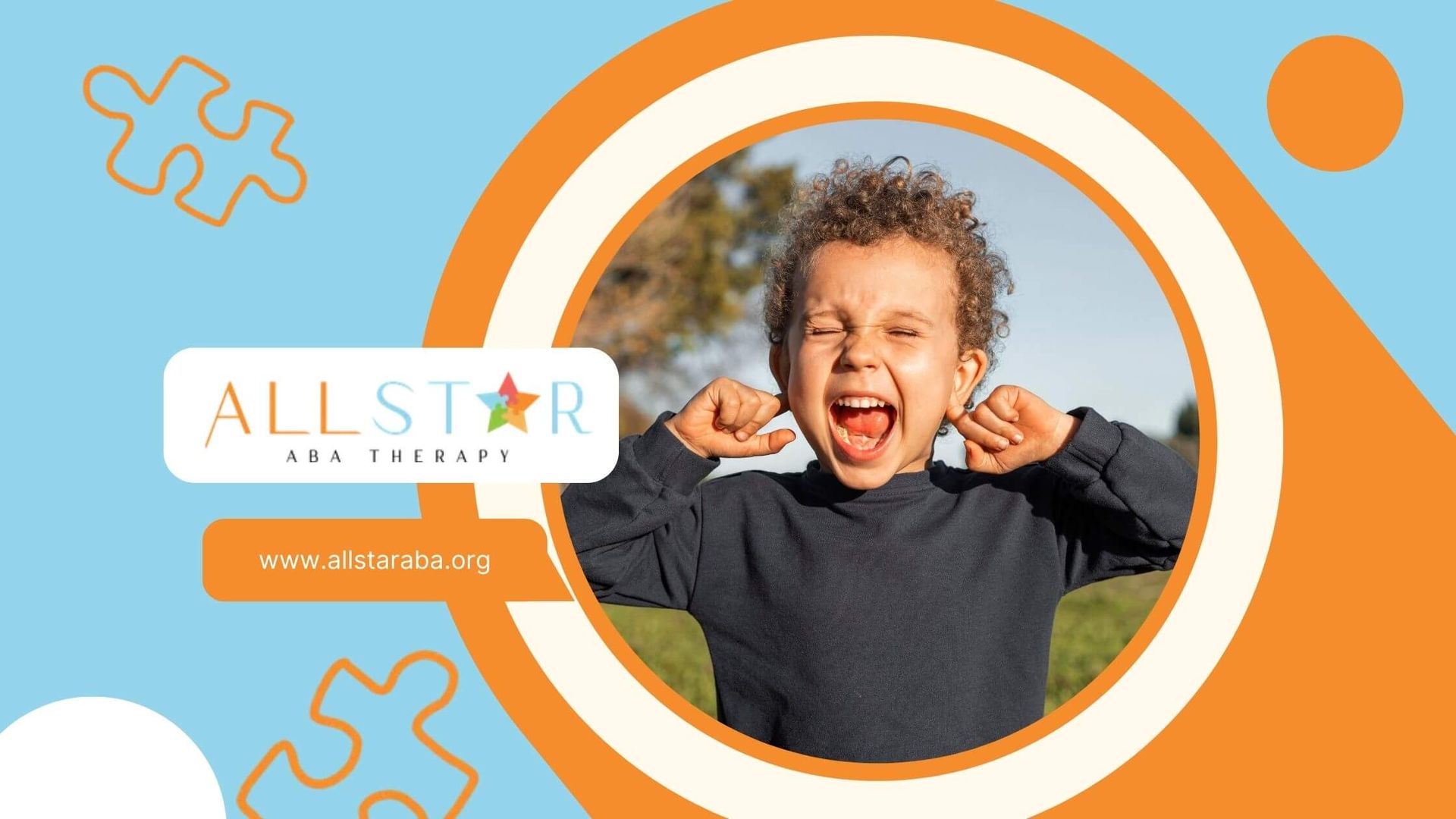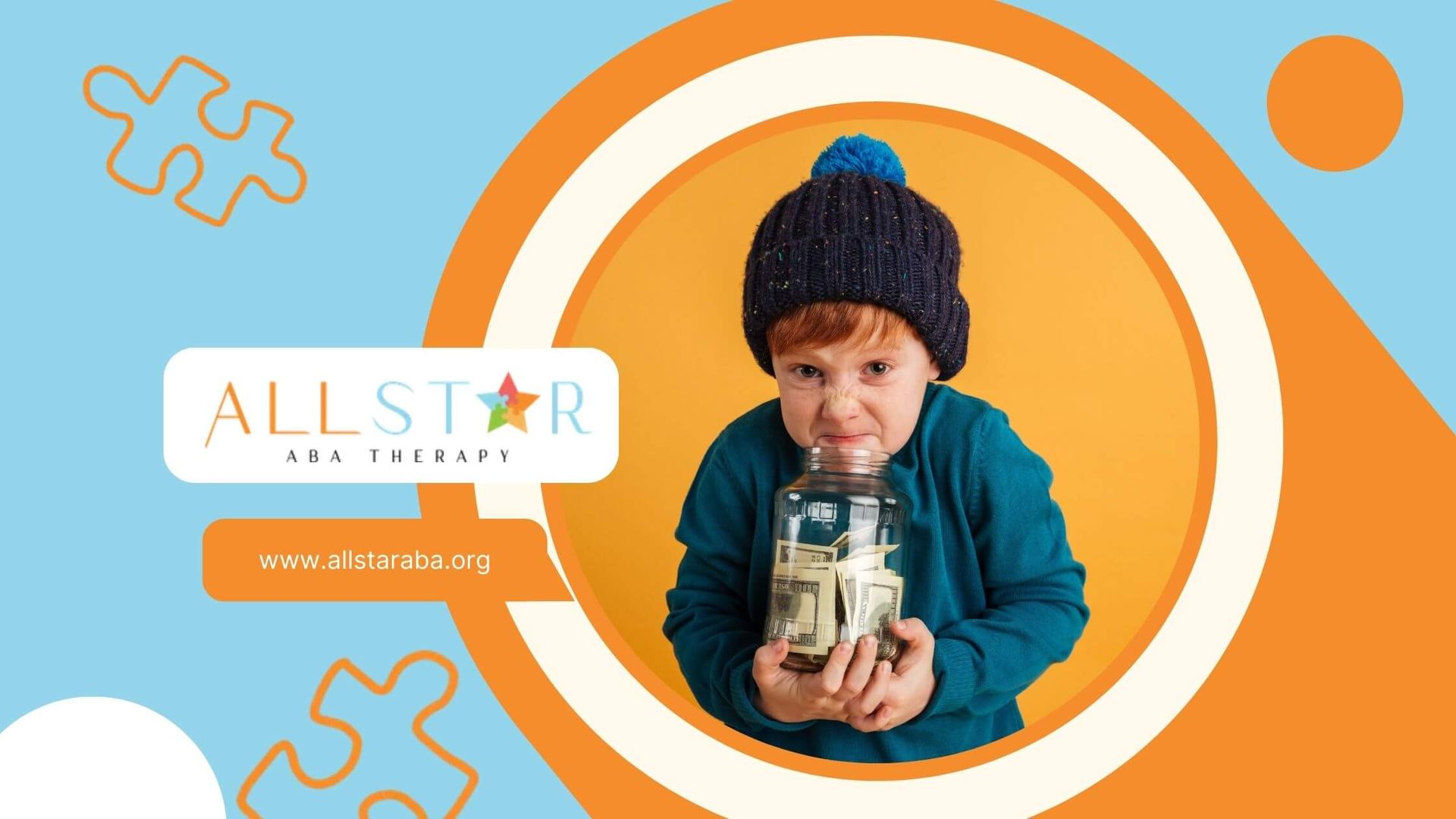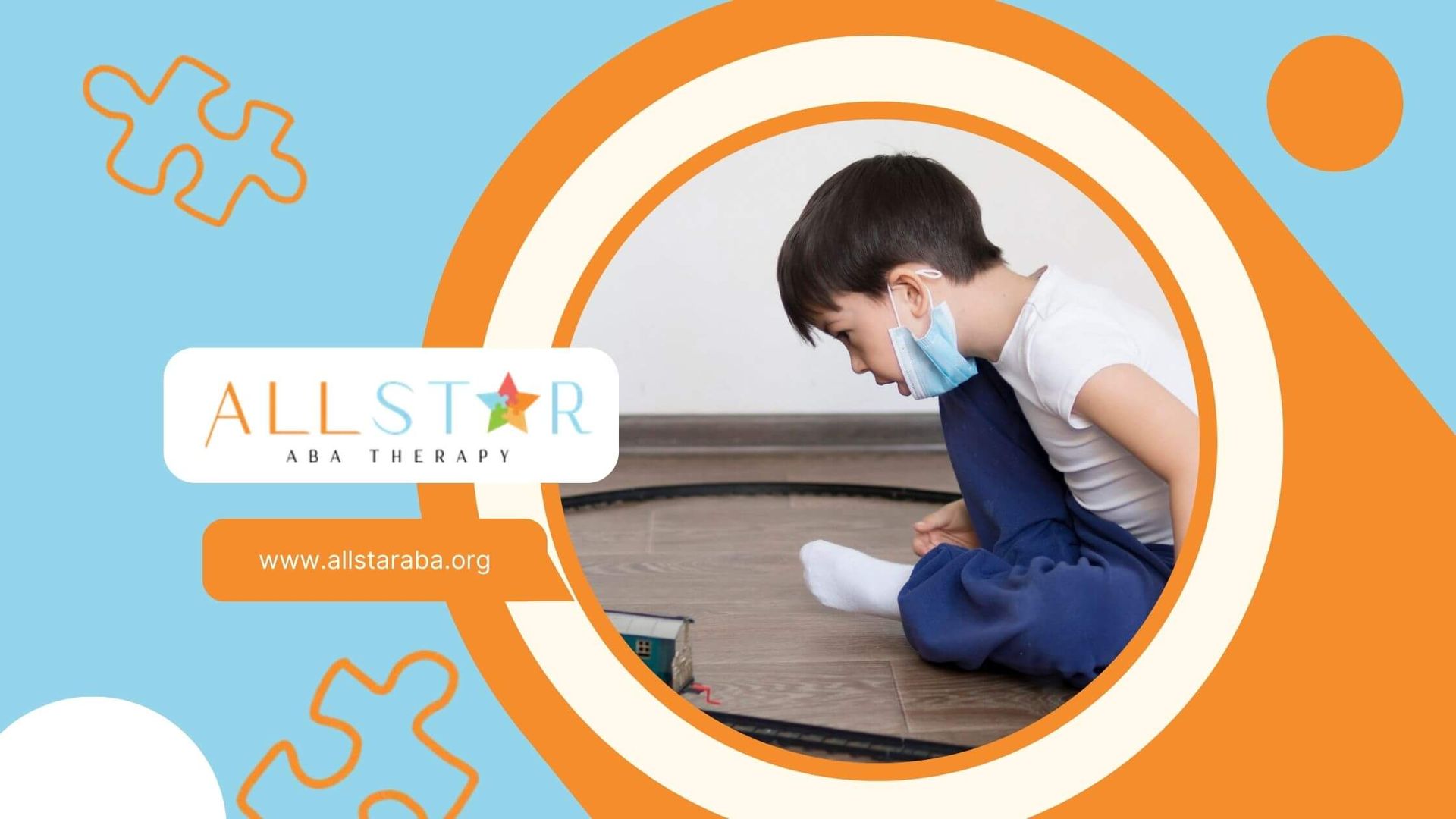New Paragraph
The Truth Behind Autism Diagnosis Criteria: A Clear Overview
Understanding Autism Diagnosis
The diagnosis of Autism Spectrum Disorder (ASD) is a detailed process, guided by established criteria to ensure accuracy and consistency. Understanding these criteria is crucial for recognizing and diagnosing autism.
DSM-5 Diagnostic Criteria
The American Psychiatric Association's Diagnostic and Statistical Manual, Fifth Edition (DSM-5) provides standardized criteria for diagnosing Autism Spectrum Disorder These criteria comprise several critical aspects:
- Persistent Deficits in Social Communication and Interaction: Individuals with ASD show consistent challenges in social-emotional reciprocity, nonverbal communicative behaviors, and developing, maintaining, and understanding relationships.
- Restricted, Repetitive Patterns of Behavior: This includes repetitive motor movements, insistence on sameness, highly restricted interests, and hyper- or hypo-reactivity to sensory inputs.
- Early Developmental Period: Symptoms typically appear in the early developmental stage, but they might only become evident when social demands exceed capacities.
- Clinically Significant Impairment: The symptoms must cause significant impairment in social, occupational, or other important areas of current functioning.
These criteria emphasize the importance of early detection and the broad impact ASD can have on various areas of life.
Symptoms for Diagnosis
The symptoms of ASD can vary widely among individuals but must align with the DSM-5 diagnostic criteria. Here is a closer look at the symptoms considered for a diagnosis:
| Symptom Category | Scientific Symptoms |
|---|---|
| Social Communication Deficits | Difficulty in back-and-forth conversations, reduced sharing of interests, and challenges in initiating social interactions |
| Nonverbal Communication | Poorly integrated verbal and nonverbal communication, abnormalities in eye contact and body language, lack of facial expressions |
| Developing Relationships | Difficulties adjusting behavior to suit various social contexts, trouble making friends, lack of interest in peers |
| Repetitive Behaviors | Echolalia, repetitive use of objects, rigid thinking patterns, adherence to specific routines |
| Sensory Sensitivities | High or low sensitivity to sensory inputs like sounds, textures, or lights |
Individuals must exhibit symptoms from each of these categories to be diagnosed with ASD.
For more in-depth exploration of autism diagnosis criteria and symptoms, please visit our sections on autism spectrum disorder evaluation and diagnosed with autism spectrum disorder. Understanding the signs early can lead to better management and support for individuals on the autism spectrum.
Key Factors in Autism Diagnosis
When diagnosing autism spectrum disorder (ASD), several crucial elements are considered, categorized based on the individual's developmental history and behavioral patterns.
Early Developmental Period
It is essential for symptoms to be present during the early developmental period. These symptoms might be subtle and not fully manifest until later in life when social demands exceed limited capacities or be masked by learned strategies. Early detection and intervention can make a significant difference in the individual's development and quality of life. Observable signs during this period are critical for early diagnosis.
Social Communication Deficits
One of the primary diagnostic criteria for autism is persistent deficits in social communication and social interaction. This includes difficulties in developing, maintaining, and understanding relationships, nonverbal communicative behaviors used for social interaction, and social-emotional reciprocity. These deficits are present irrespective of the individual's developmental level and are a core feature of ASD.
| Category | Examples of Deficits |
|---|---|
| Developing Relationships | Difficulty making friends, absence of interest in peers. |
| Nonverbal Communication | Poor eye contact, limited use of gestures, lack of facial expressions. |
| Social-Emotional Reciprocity | Failure to engage in back-and-forth conversations, reduced sharing of interests, emotions, or affect. |
Impact on Functional Areas
For an ASD diagnosis, the symptoms must cause significant impairment in social, occupational, or other important areas of functioning. This impairment can manifest in various ways, including academic challenges, difficulty maintaining employment, and significant hindrance in daily social interactions.
| Functional Area | Potential Impacts |
|---|---|
| Social | Difficulty in understanding social norms, limited social interactions. |
| Occupational | Challenges in finding or retaining a job, needing structured and supportive work environments. |
| Daily Living | Compromised ability in managing daily tasks, requiring assistance with routine activities. |
By understanding these key factors, individuals, caregivers, and professionals can better navigate the autism spectrum disorder evaluation process. For those newly diagnosed with autism spectrum disorder (diagnosed with autism spectrum disorder), recognizing these factors can provide a foundation for seeking appropriate interventions and support.
Comorbid Diagnoses and Evaluation
Understanding comorbid diagnoses is vital in the autism diagnosis process since many people diagnosed with autism spectrum disorder (ASD) also have additional conditions.
Autism and Intellectual Disability
Intellectual disability (ID) frequently co-occurs with autism spectrum disorder. When making a comorbid diagnosis of ASD and ID, it's essential to consider that social communication skills should be below what is expected for the general developmental level. The co-occurrence of these conditions requires careful assessment to differentiate the social communication deficits related to autism from those primarily due to intellectual disability.
| Condition | Frequency of Co-occurrence with ASD |
|---|---|
| Intellectual Disability | High |
| Attention Deficit Hyperactivity Disorder (ADHD) | Moderate |
| Epileptic Seizures | Low-Moderate |
Social (Pragmatic) Communication Disorder
Social (pragmatic) communication disorder (SCD) is another condition to consider when evaluating individuals with social communication deficits that do not meet the criteria for ASD. SCD involves difficulties with the social use of verbal and nonverbal communication, which can impact social participation, relationships, academic achievement, and occupational performance. When diagnosing, professionals should ensure that the individual's social communication challenges are consistent with SCD and do not fall under the broader autism spectrum.
| Criterion | SCD | ASD |
|---|---|---|
| Social Communication Deficits | Yes | Yes |
| Restricted Interests/Repetitive Behaviors | No | Yes |
| Onset in Early Developmental Period | Yes | Yes |
Evaluative Tools
The diagnostic process for ASD includes using various evaluative tools and approaches. These tools help professionals gather comprehensive information about a child's development from both parental reports and direct observation of the child's behavior. Commonly used evaluative tools and professionals involved in the diagnostic process may include:
- Developmental History: Collecting detailed information about the child's early developmental milestones from parents or caregivers.
- Diagnostic Interviews: Structured interviews like the Autism Diagnostic Interview-Revised (ADI-R).
- Behavioral Observations: Tools like the Autism Diagnostic Observation Schedule (ADOS).
- Multidisciplinary Assessments: Involvement of specialists such as neurodevelopmental pediatricians, child neurologists, and geneticists to provide a holistic evaluation.
For a comprehensive evaluation, these tools are integrated to develop a clearer picture of the individual's strengths and challenges.
Understanding the key aspects of comorbid diagnoses and evaluation tools is crucial for a thorough and accurate autism diagnosis. By considering these factors, professionals can provide better support and tailored interventions for individuals diagnosed with autism spectrum disorder.
Changes in Diagnostic Criteria
DSM-IV to DSM-5 Evolution
The transition from DSM-IV to DSM-5 brought significant changes in the diagnostic criteria for autism spectrum disorder (ASD). In DSM-IV, released in 1994, autism was categorized as a spectrum that included Asperger’s disorder, childhood disintegrative disorder (CDD), and Rett syndrome as "types" of autism. This classification helped expand the understanding and diagnosis of autism, with rates increasing from an estimated 1 in 150 in the early 2000s to 1 in 88 by 2008.
DSM-5, published in 2013, streamlined these categories into a single diagnosis of ASD, removing separate diagnoses such as Asperger’s disorder. DSM-5 introduced new observational criteria that consider both current and past functioning. This change allows for the diagnosis of individuals whose symptoms may become evident later in life, such as during adolescence or adulthood.
Severity Ratings in DSM-5
One of the significant additions in DSM-5 is the introduction of severity ratings for ASD. These ratings provide a clearer framework for understanding the level of support required by individuals with ASD. The three levels of severity are:
- Level 1: Requiring support
- Level 2: Requiring substantial support
- Level 3: Requiring very substantial support
These severity levels help in formulating tailored intervention plans and support systems for individuals based on their specific needs.
Enhancements in Clarity
The DSM-5 also aimed to enhance clarity in the diagnostic criteria for ASD. It stated that an autism diagnosis necessitates persistent deficits in social communication and social interaction across multiple contexts. These include deficits in social-emotional reciprocity, nonverbal communicative behaviors used for social interactions, and the ability to develop, maintain, and understand relationships.
In 2022, the DSM-5-TR (Text Revision) further clarified the diagnostic criteria by changing the phrase "manifested by the following" to "as manifested by all of the following." This adjustment aimed to eliminate ambiguity and ensure a clearer understanding of the diagnostic requirements.
| DSM-IV | DSM-5 |
|---|---|
| Separate categories (e.g., Asperger's, CDD, Rett) | Single diagnosis of ASD |
| No severity levels | Level 1, 2, 3 severity ratings |
| Diagnosis based on current functioning | Criteria include both current and past functioning |
The updates in DSM-5 and the subsequent text revisions reflect an evolving understanding of autism and contribute to more accurate diagnoses. For more information, explore our detailed article on autism spectrum disorder testing.
The Diagnostic Process
Determining an autism spectrum disorder (ASD) diagnosis involves a comprehensive approach incorporating several methods and tools. Understanding the complexities of this diagnostic process is essential for accurate identification and intervention.
Multidisciplinary Team Approach
Diagnosis of ASD is most effective when conducted by a multidisciplinary team. This team typically includes various specialists such as:
- Neurodevelopmental pediatricians
- Developmental-behavioral pediatricians
- Child neurologists
- Geneticists
- Early intervention specialists
These professionals collaborate to gather and interpret information from multiple sources. Clinical guidelines emphasize the necessity of multidisciplinary involvement and suggest increasing training for pediatric healthcare providers to diagnose less complex ASD cases.
Diagnostic Biomarkers
Currently, there are no specific biomarkers to diagnose autism spectrum disorder. Diagnosis relies heavily on clinical assessments, including detailed histories, physical examinations, and behavioral observations.
Diagnostic tools commonly used include:
| Tool | Suitable For | Description |
|---|---|---|
| DISCO | Children and adults | Examines social interaction communication |
| ADI-R | Children and adults | Structured interview for developmental history |
| 3di | Children and ad (Used in Scottland)ults | Semi-structured interview assessing developmental disorders |
These tools, combined with the expertise of a multidisciplinary team, provide a comprehensive picture of an individual’s behaviors and developmental history.
Observational Criteria
Behavioral observation is a cornerstone of the ASD diagnostic process. Clinicians observe specific behaviors and characteristics, often employing standardized observational tools. Key behaviors that are evaluated include:
- Social Communication Deficits: Difficulties in social-emotional reciprocity and non-verbal communication.
- Repetitive Behaviors: Stereotyped or repetitive movements and insistence on sameness.
- Interest Restrictions: Highly restricted, fixated interests that are abnormal in intensity.
Diagnosis is based on criteria specified in the DSM-5, which includes early onset and deficits in both social and non-social domains. For further insights on diagnosis at different life stages, refer to our section on signs of autism in adults.
Evolution of Autism Diagnosis
Understanding the evolution of autism diagnosis helps contextualize current diagnostic criteria and practices in the field. This section will cover the historical journey of autism diagnosis, recent updates with the DSM-5-TR revision, and the increase in diagnosis rates over time.
Historical Evolution
Autism was first described by Leo Kanner in 1943. He identified it as a "profound emotional disturbance" that "did not affect cognition." The initial mention of autism in the first edition of the DSM in 1952 associated it with schizophrenia. During the mid-20th century, autism was considered rare, estimated to affect 1 in 2,500 to 10,000 children.
The publication of the DSM-III in 1980 marked a significant change. Autism was classified as a developmental disorder, distinct from schizophrenia. It required impairments in communication, peculiar responses to the environment, and a noticeable lack of interest in people. By 1987, autism prevalence was recorded at 1 in 1,400.
In 1994, the DSM-IV introduced the concept of autism as a spectrum disorder, encompassing Asperger’s disorder, childhood disintegrative disorder (CDD), and Rett syndrome as types of autism. This broadened the understanding and diagnosis, with rates climbing to 1 in 150 in the early 2000s and 1 in 88 by 2008.
DSM-5-TR Revision
In 2013, the American Psychiatric Association (APA) released the DSM-5, redefining the criteria for an autism diagnosis. It necessitated persistent deficits in social communication and interaction across various contexts, such as deficits in social-emotional reciprocity, nonverbal communicative behaviors, and understanding relationships.
The DSM-5-TR, released in 2022, aimed to enhance clarity by modifying the wording of the diagnostic criteria. The phrase "manifested by the following" was changed to "as manifested by all of the following," emphasizing the necessity for all listed criteria to be present.
Increased Diagnosis Rates
Over the decades, the prevalence of autism diagnoses has seen a dramatic increase. Early estimates in the mid-20th century cited a prevalence of 1 in 2,500 to 10,000 children. By 1987, this number rose to 1 in 1,400. The early 2000s saw rates of 1 in 150, which further escalated to 1 in 88 by 2008.
| Year | Prevalence Rate |
|---|---|
| 1966 | 1 in 2,500 to 10,000 |
| 1987 | 1 in 1,400 |
| Eaarly 2000s | 1 in 150 |
| 2008 | 1 in 88 |
The changes in diagnostic criteria, increased awareness, and improved diagnostic practices have all contributed to the rise in autism diagnoses. This underscores the importance of ongoing education and advancements in the field for early and accurate diagnoses.
Conclusion
Understanding the process and criteria behind an autism diagnosis is essential for early intervention and effective support. As diagnostic tools and knowledge continue to evolve, recognizing symptoms and seeking professional evaluation can make a profound difference in the lives of individuals with autism and their families.
If you suspect your child may be showing signs of autism or if you're navigating the diagnostic journey, All Star ABA is here to help. Our expert team provides comprehensive evaluations and personalized ABA therapy services tailored to your child’s unique needs. Contact All Star ABA today to schedule a consultation and take the first step toward empowering your child’s future.
Sources:
- https://www.cdc.gov/autism/hcp/diagnosis/index.html
- https://www.autismspeaks.org/autism-diagnostic-criteria-dsm-5
- https://www.research.chop.edu/car-autism-roadmap/diagnostic-criteria-for-autism-spectrum-disorder-in-the-dsm-5
- https://jamanetwork.com/journals/jama/fullarticle/379036
- https://www.mredscircleoftrust.com/storage/app/media/DSM%205%20TR.pdf
Need Support?
We're Here to Help!
Our experienced team is ready to assist you. Reach out today to discuss how we can support your child's development and well-being.
Get started with expert ABA therapy today.








